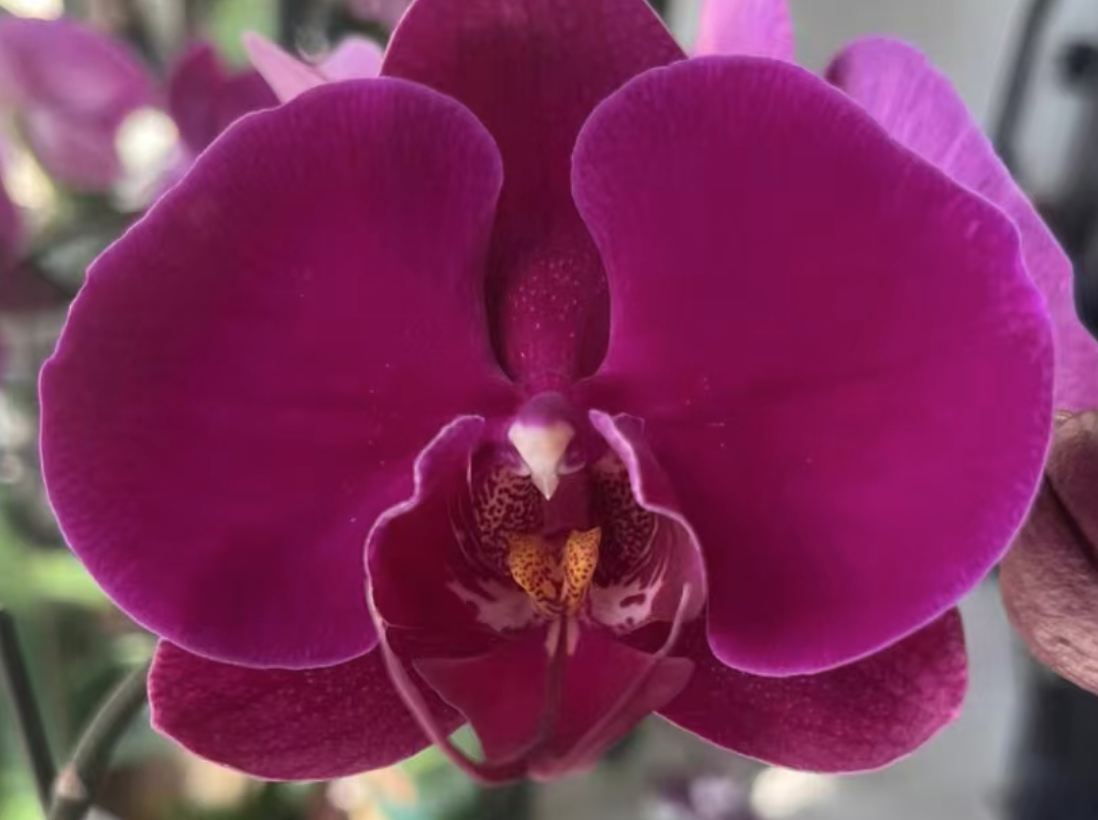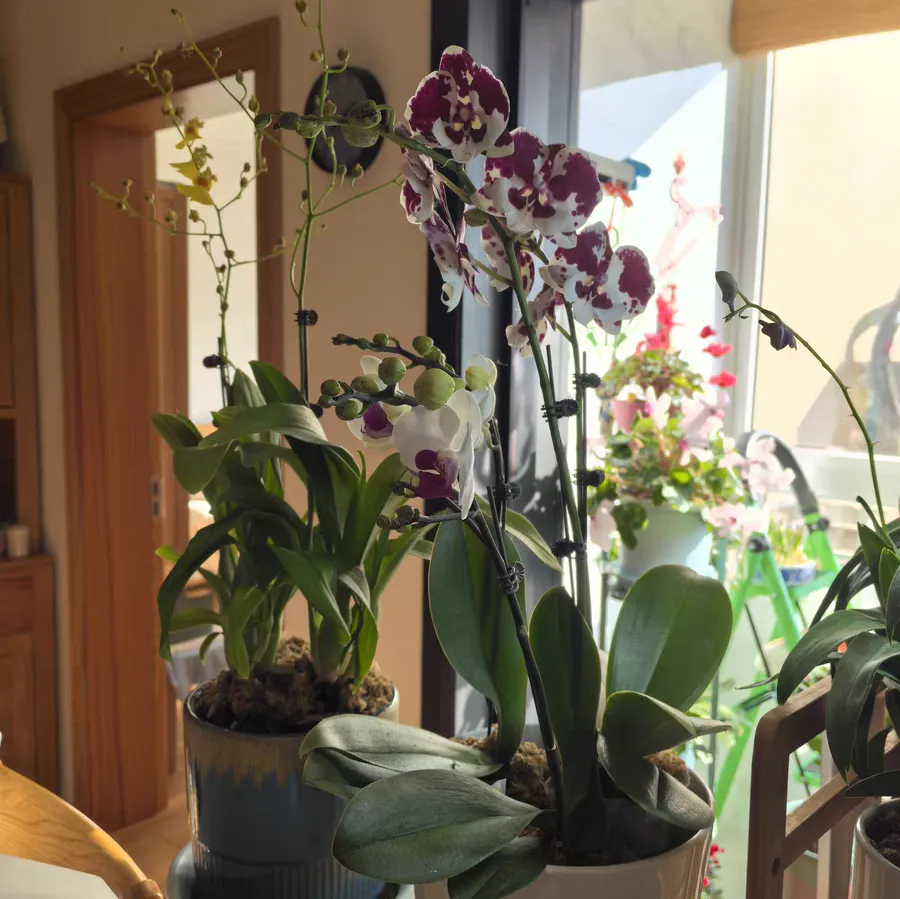Have you ever been attracted by the dancing-like flowers of phalaenopsis when visiting the flower market? Especially its emerald-like leaves, which make the flowers even more eye-catching as a foil. During the process of growing flowers, we often think that the greener the leaves are, the healthier the plants will be. But is that really the case?
The leaves of phalaenopsis are as delicate as pieces of emerald, making people always can't help but touch them. Indeed, the emerald-green leaves often give people a sense of vitality and upward momentum, as if the plant is telling you that it is growing vigorously. However, in fact, the greenness of the leaves doesn't necessarily mean that the plant is definitely healthy. Sometimes, an overly intense green color may be a reaction formed by the plant under certain pressures.
So, what should we do in daily life if we want phalaenopsis to have emerald-green leaves? First of all, phalaenopsis prefers diffused light. When there is insufficient light, the leaves will turn yellow, and when the light is too strong, the leaves will become dull. Therefore, maintaining appropriate light is the key to keeping the leaves of phalaenopsis green.
Secondly, it's about the control of water and nutrients. The roots of phalaenopsis are relatively sensitive. Excessive or insufficient watering and improper fertilization will all affect the color change of the leaves. Therefore, in daily maintenance, we should pay attention to observing the state of the potting soil, keeping it slightly moist without waterlogging. Meanwhile, during fertilization, we should provide compound fertilizers containing elements such as nitrogen, phosphorus, and potassium according to the growth needs. All these actions are helpful for keeping the leaves green.
Finally, phalaenopsis naturally loves a warm and humid environment. So in maintenance, we should try our best to meet its requirements. The temperature shouldn't be too high or too low, and the humidity shouldn't be too high or too low either, because all these factors will cause the leaves to turn yellowish-brown or overly green.
In addition, if the leaves of phalaenopsis turn yellow, wither, or have more spots, it is often a warning sign sent by the plant about its health risks. At this time, it is recommended that you should recall the maintenance conditions such as light, watering, fertilization, and temperature in previous maintenance in time, find the problem as soon as possible, and take corresponding measures to improve the situation.
Is it better that the leaves of phalaenopsis are greener?

Share with
Tagged in :




Leave a Reply